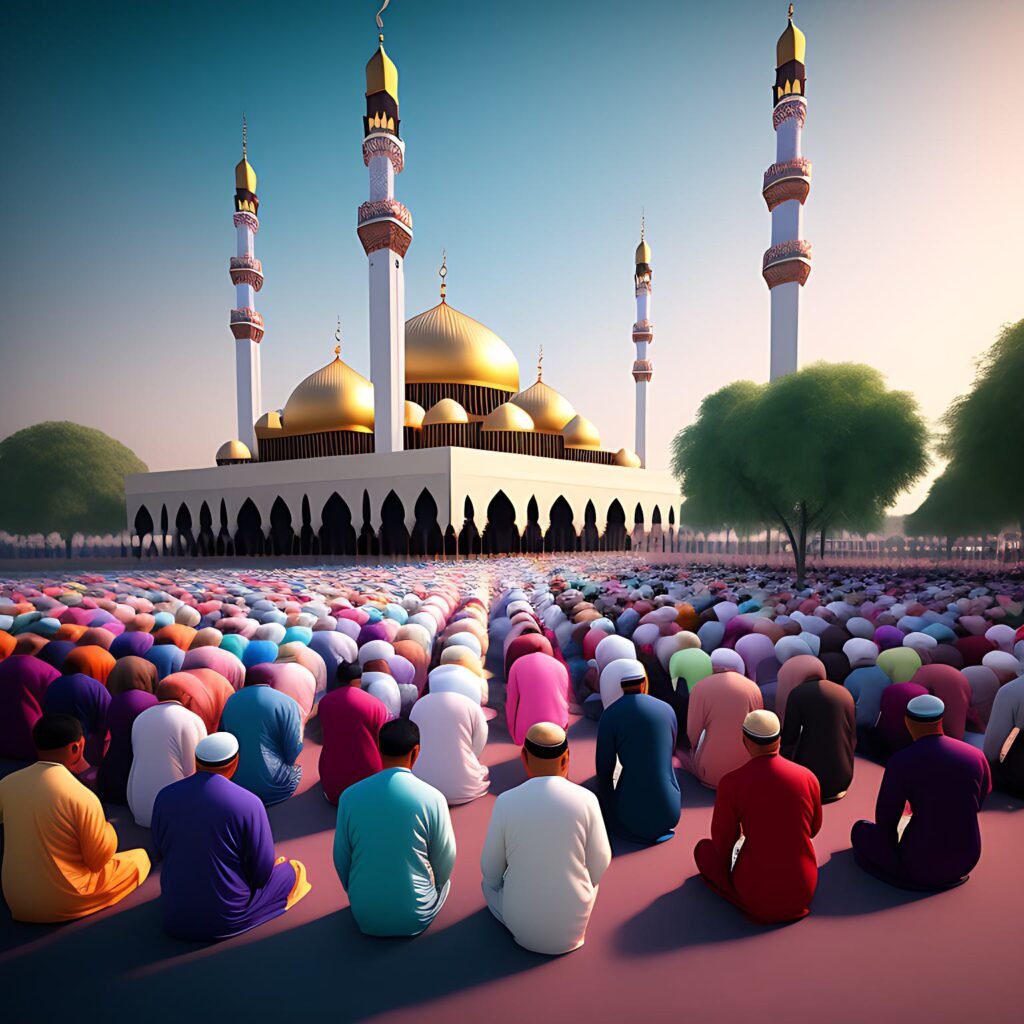Eid ul-Adha is one of the most important festivals in the Islamic calendar, celebrated by millions of Muslims around the world. It is a time of sacrifice, faith, and unity, and it marks the end of the Hajj pilgrimage to Mecca. However, the date of Eid ul-Adha varies each year, as it is determined by the lunar cycle. In this article, we will explore the significance of Eid ul-Adha, its rituals, and the reasons behind its changing date.
The Significance of Eid ul-Adha
Eid ul-Adha, also known as the Feast of Sacrifice, commemorates the willingness of the Prophet Ibrahim (Abraham) to sacrifice his son Ishmael as an act of obedience to God. According to Islamic tradition, just as Ibrahim was about to sacrifice his son, God provided him with a ram to sacrifice instead, as a test of his faith.
Eid ul-Adha is also an occasion to celebrate the end of the Hajj pilgrimage to Mecca. The Hajj is one of the five pillars of Islam, and it is mandatory for all able-bodied Muslims to perform it at least once in their lifetime. The Hajj is a spiritual journey that involves several rituals, including the circumambulation of the Kaaba (a holy shrine in Mecca) and the standing at the plain of Arafat. The Hajj ends with the celebration of Eid ul-Adha, which is a time of joy, gratitude, and generosity.
Rituals of Eid ul-Adha
The celebration of Eid ul-Adha typically lasts for four days, and it is marked by several rituals and traditions. One of the most important rituals is the sacrifice of an animal, such as a sheep, goat, or cow, as a symbol of Ibrahim’s willingness to sacrifice his son. The meat of the sacrificed animal is divided into three parts: one-third is given to the poor and needy, one-third is shared with friends and family, and one-third is kept for the household.
also checkout Eid-Ul-Adha 2023 Date Updated
Another important ritual of Eid ul-Adha is the performance of the Eid prayer, which is a congregational prayer held in the morning of the first day of Eid. The prayer is preceded by a sermon, in which the Imam (leader of the prayer) reminds the faithful of the significance of the occasion and encourages them to follow the teachings of Islam.
In addition to these rituals, Eid ul-Adha is also a time for family gatherings, feasting, and gift-giving. Muslims around the world celebrate Eid ul-Adha with traditional dishes such as biryani, kebabs, and sweet dishes like sheer khurma (vermicelli pudding).
The Changing Date of Eid ul-Adha
The date of Eid ul-Adha varies each year, as it is determined by the lunar cycle. The Islamic calendar is based on the lunar cycle, which means that the months are based on the phases of the moon. The first day of each month is determined by the sighting of the new moon, and the month of Dhu al-Hijjah, in which Eid ul-Adha falls, begins when the new moon is sighted.
As a result, the date of Eid ul-Adha can vary by up to two days from one country to another, depending on when the new moon is sighted in each country. This can sometimes lead to confusion and controversy, as different Islamic authorities may disagree on the exact date of Eid ul-Adha.
Conclusion
Despite these differences, Eid ul-Adha remains a time of unity and solidarity among Muslims around the world. It is a reminder of the importance of sacrifice and faith, and it emphasizes the values of generosity and compassion towards others, especially those who are less fortunate. Eid ul-Adha is a celebration of the universal human values of love, peace, and harmony, and it serves as a reminder of the commonalities that unite us all, regardless of our cultural, ethnic, or religious backgrounds. By coming together to celebrate Eid ul-Adha, Muslims around the world demonstrate their commitment to these values, and they strengthen their bonds of brotherhood and sisterhood with one another.
Follow www.zeherhassan.com for more information and News.


